The video and its sketchy origins
The video widely believed to have been filmed in Swat, according to some websites originated from Orakzai Agency.
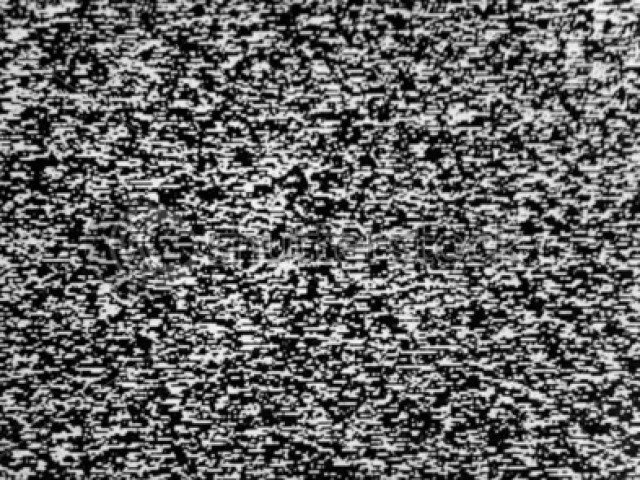
The video and its sketchy origins
The five-and-a-half minute video shows uniformed men bringing in six blindfolded men to a clearing and lining them up in a row. One man goes up close to them but any words he says are indecipherable. The uniformed men take aim from a close distance. After a voice is heard saying “okay”, they shoot the six blindfolded men. The air turns cloudy and the sound of groans is heard, after which three visible uniformed men shoot the bodies at close range.
Reports of extra-judicial killings in Pakistan are commonplace but hard to corroborate, due to the reluctance of eyewitnesses to come forward. The Human Rights Watch (HRW) said in a statement this July that it had “researched alleged human rights violations in Swat based on an initial list of 238 suspicious killings provided by local sources and the independent Human Rights Commission of Pakistan. HRW has corroborated about 50 of these cases. In no case examined by HRW was a killing falsely reported, suggesting that the total number of killings is as high as or greater than those reported.”
The video has attracted angry responses on Facebook, YouTube and jihadi forums.
In 2009, a video of uniformed men beating up suspects was also released online. The army said at the time that it was investigating the incident.
The army has ordered investigations into reports of extra-judicial killings attributed to its personnel in the past. During ‘Operation Clean-up’ in Sindh in 1992, the army investigated the alleged killings by the army of nine villagers from Tando Bahawal. According to an Amnesty International report on the incident, “After protests by villagers and reports in the Sindhi press, the army acknowledged responsibility and tried those responsible by court-martial.” The men were killed because of a property dispute “in which a landlord secured the help of an army major to kill his rival’s tenants.”
While the 1992 incident was highlighted by the Sindhi press, the circulation of this current video on social networking websites and forums as well as reportage of it by foreign media outlets have brought it to the forefront.
However, authenticating videos such as these is difficult because of their blurry quality, as they are reportedly shot using cell phone
cameras, and the lack of witnesses and evidence.
Published in The Express Tribune, October 9th, 2010.


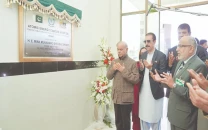


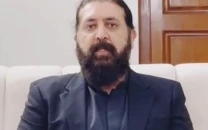
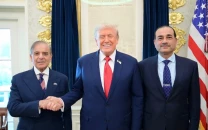





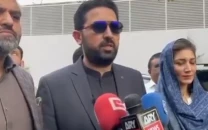






COMMENTS
Comments are moderated and generally will be posted if they are on-topic and not abusive.
For more information, please see our Comments FAQ